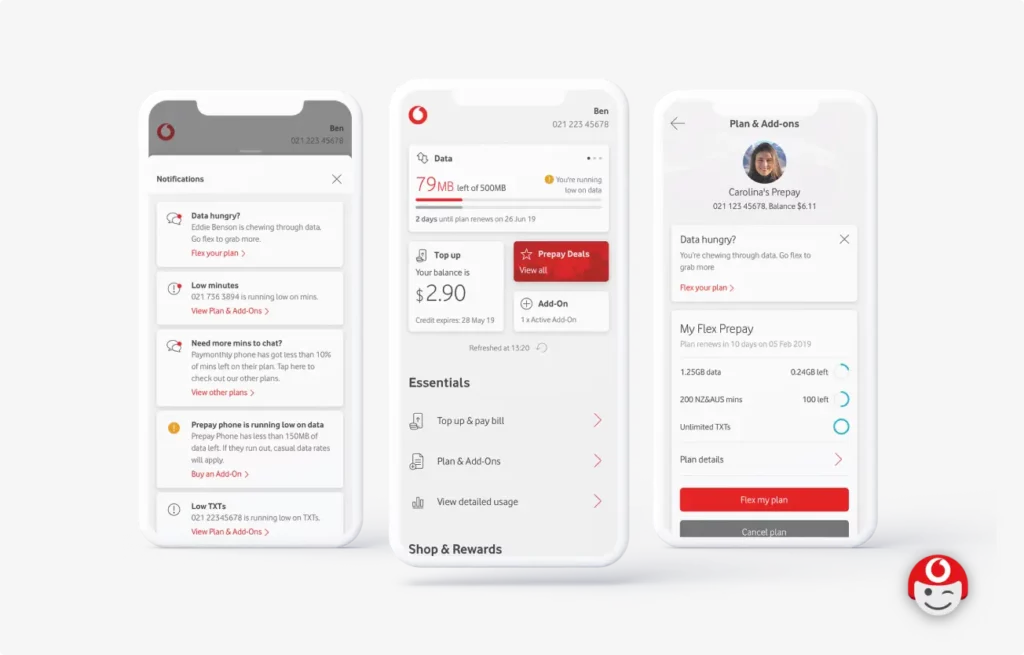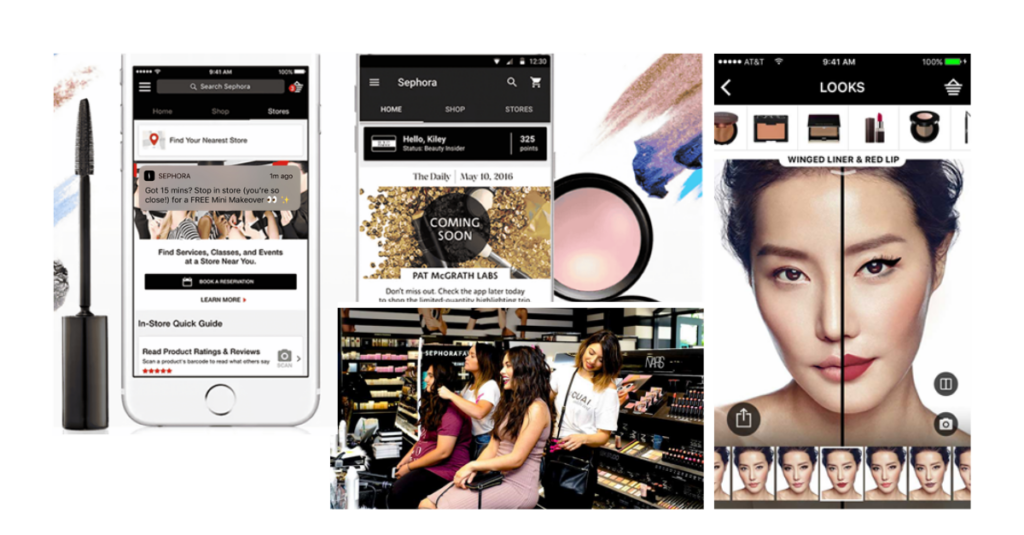
Everyone’s talking about AI right now, but for most companies the conversation is more conceptual and imaginative than practical. That’s about to change.
AI has already begun to impact the customer experience – albeit largely behind the scenes for most consumers. As this trend accelerates, and for better or worse it will, leading companies are feeling pressure to get on board but aren’t always sure how.
The most obvious way artificial intelligence impacts the customer experience today is in customer service and support. Love them or hate them, AI-driven chatbots have become ubiquitous across industries. They’re also one of the few CX applications in which consumers are explicitly aware that AI is being used.
Opportunities to use AI more broadly to enhance the customer experience are relatively new but are rapidly expanding. HawkPartners has identified four recent trends in AI that already have strong implications for customer experience in the near term.
Trend #1: Enabling a 360-Degree View of the Customer
Personalized customer experiences have become the basis for competitive advantage across many industries.
AI has turbocharged this arms race by connecting data from an ever-expanding range of sources to construct a detailed and holistic view of each individual customer.
For instance, Airbnb’s listing search uses more than 100 parameters to determine the best matches for guests. Some of these are simple inputs like price, location and desired amenities. Others are more complex, like the length of time they’ve been searching, where they’ve chosen to stay before, and the likelihood the host will accept their booking.
Example: Airbnb’s Listing Search

All this information combines to give the guest a more positive experience, because they don’t have to work as hard inputting information to find options that meet their specific needs and preferences.
Companies looking for opportunities to leverage AI in their customer experience can start by evaluating every physical and virtual touchpoint where customers interact with their brand and asking:
- What information can be gathered from each of those interactions (in a compliant, opt-in way)?
- How might the customer’s experience be improved if that information is retained and combined with insights from other touchpoints?
- What is the potential impact of explicitly calling out or branding the role of AI in this experience? How does it impact perceptions of our brand?
AI tools can enable a higher degree of personalization – at scale – than previously possible. Whether you choose to be explicit about the use of AI or keep it behind the scenes, there is plenty of value to be gained, both for your customers and your brand.
Trend #2: Predictive Analytics
Taking personalization to the next level, predictive analytics use machine learning to make a customer’s experience feel like it is created specifically for them.
These tools use individual and aggregate data to anticipate the customer’s needs and take preemptive steps to address expected issues.
For instance, Vodafone analyzes patterns in customer communication to predict when an individual customer is likely to contact the company. Then, they use that prediction to proactively send out helpful information. The goal is to reduce calls to their support center by answering questions before they’re asked.
Example: VODAPHONE CUSTOMER COMMUNICATION

It is not necessarily explicit to the customer that AI is enhancing their experience. Instead, it is being used behind the scenes to take a more individualized approach to customer care and proactively addressing issues before they arise.
Trend #3: Conversational Automation
Generative AI tools like ChatGPT specialize in identifying relevant information in a user’s request, while also detecting emotional nuances and sentiment. This enables customers to interact with businesses in a more natural and conversational manner.
Currently, these tools are most common in customer service applications. By understanding different conversational styles and emotional nuances, generative AI-based chatbots have the potential to provide a more engaging customer experience than traditional chatbots. And because they are available 24/7, these interactions are not bound by the limitations of staffing and scheduling.
They can also quickly extract relevant information from multiple sources in the context of the user’s request – which, theoretically, better equips them to understand and solve the customer’s problem. By improving outcomes in the chat channel, companies can deflect more traffic from call centers, thus reducing costs and improving wait times for more complex customer inquiries.
As exciting as that may sound, this technology still has a long way to go before it reaches its full potential. Right now, there are some critical limitations:
- Generative AI can only reproduce what it has already learned, which may be biased or incomplete
- Generative AI will always appear to respond to a question confidently, even if it is “unsure” whether it’s correct
McDonald’s customers are discovering these limitations quite publicly as the brand pilots AI ordering technology at a handful of restaurants in the Chicago area. Initial expectations were that the technology would address labor gaps and provide a streamlined drive-thru experience. The reality – which has been widely documented and mocked on TikTok – is that the AI has difficulty recovering from order errors.
Example: MCDONALD’S AI DRIVE-THRU

Clearly, further discovery and experimentation are needed to fine-tune these conversational AI models to reliably solve customer problems. For now, AI by itself is not a solution – but it may be used in combination with other technologies to begin streamlining the customer journey.
Trend #4: Enabling Seamless Omnichannel Experiences
Consumers expect brands to meet them where they are, when they want, and to fully understand their previous interactions with the brand. Successfully delivering this experience requires a seamless omnichannel experience.
AI is fueling this reality by connecting the customer experience – across devices and between in-person and digital activity – enabling companies to develop holistic end-to-end solutions.
AI can now apply learnings from a customer interaction in one channel to a different interaction in another channel. By storing, transferring and applying this interaction history, AI can mitigate a traditional major consumer pain point.
AI is also being used to enhance customer loyalty programs. Using AI to unify customer data and link offers across email, web and mobile channels multiplies these programs’ potential to drive online and in-store sales.
For example, Sephora’s omnichannel model is exploring innovative opportunities for the retail industry. Customers can receive notifications based on their location, prompting them to stop into a nearby store to book an in-person consultation. Once in-store, employees can show customers their favorite products, armed with data to suggest new items that match the customer’s profile. To enhance the online shopping experience, a virtual artist tool allows customers to “try on” cosmetic products before making a purchase.
Example: Sephora’s Omnichannel Model

Leveraging AI to enhance your brand’s customer experience starts with a deep understanding of your customers’ purchase decision journey. With some thoughtful and strategic applications of AI technology, it’s increasingly possible to use these “artificial” tools to make customers feel more seen, heard, and cared for.
